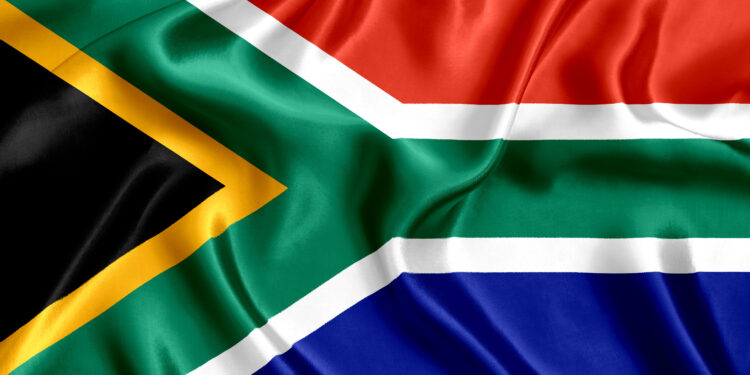On Thursday, June 20, Somalia’s government requested a slowdown in the withdrawal of African peacekeepers, fearing a potential resurgence of the al-Shabaab armed group. The African Union Transition Mission in Somalia (ATMIS) had planned to reduce its presence by 4,000 troops by the end of June, with a complete withdrawal by December 31. However, Somalia’s government, concerned about creating a security vacuum, asked to delay the drawdown until September.
A joint assessment by Somalia and the African Union (AU) in March warned that a rapid reduction in ATMIS forces could lead to significant security risks. “A hasty drawdown of ATMIS personnel will contribute to a security vacuum,” the assessment concluded. This concern is echoed by Mursal Khalif, an independent member of Somalia’s Federal Parliament, who expressed deep worry about the country’s direction.
The European Union and the United States, primary funders of the AU force, have pushed for a reduced peacekeeping operation due to long-term financial concerns. Negotiations over a new, smaller force have been complex, with the AU initially seeking a more robust mandate than Somalia preferred. A senior Ugandan official and multiple diplomatic sources highlighted the financial and logistical challenges of maintaining the current level of peacekeeping forces.
Despite the government’s confidence in handling security with fewer external forces, recent setbacks have highlighted vulnerabilities. An army offensive in central Somalia initially captured significant territory from al-Shabaab, but a counterattack saw the militants retake the town of Cowsweyne, resulting in heavy casualties and civilian executions.
Neighboring countries contributing to ATMIS, like Uganda and Kenya, have expressed apprehension about the withdrawal. Uganda’s state minister of foreign affairs, Henry Okello Oryem, warned against a situation akin to the chaotic withdrawal from Afghanistan. Kenyan President William Ruto also voiced concerns that a premature withdrawal could enable terrorists to seize control.
The international community remains divided on the issue. While the U.S. supports a gradual drawdown to avoid a security vacuum, the European Union focuses on building Somalia’s domestic security capacities. The EU has provided approximately $2.8 billion to ATMIS since 2007, while the U.S. has spent over $2.5 billion on counterterrorism efforts in Somalia.
Somalia’s security landscape remains precarious, with al-Shabaab estimated to have between 7,000 and 12,000 fighters. Despite the government’s efforts to strengthen its forces, a shortage of 11,000 trained personnel persists. Residents in Mogadishu report improved security, yet the threat of al-Shabaab attacks looms large.
As the international community and Somalia’s government negotiate the future of peacekeeping operations, the focus remains on achieving sustainable peace and preventing a resurgence of militant violence.









